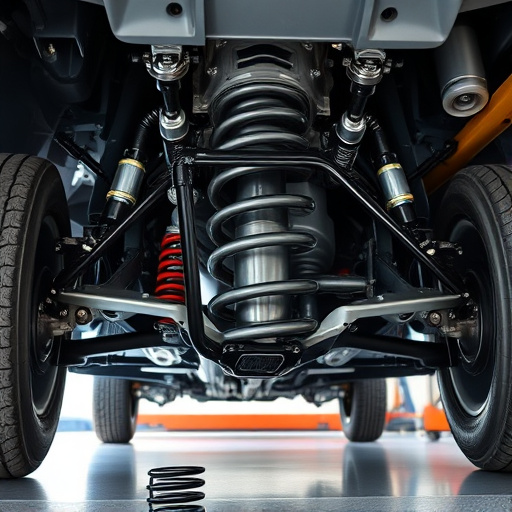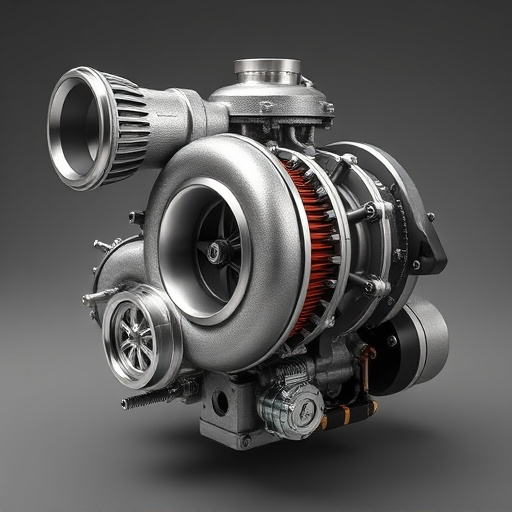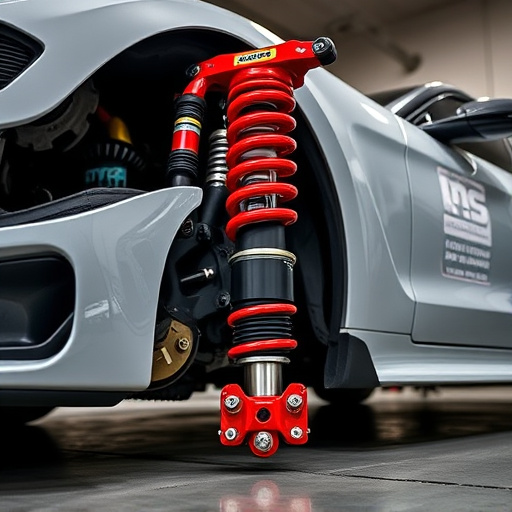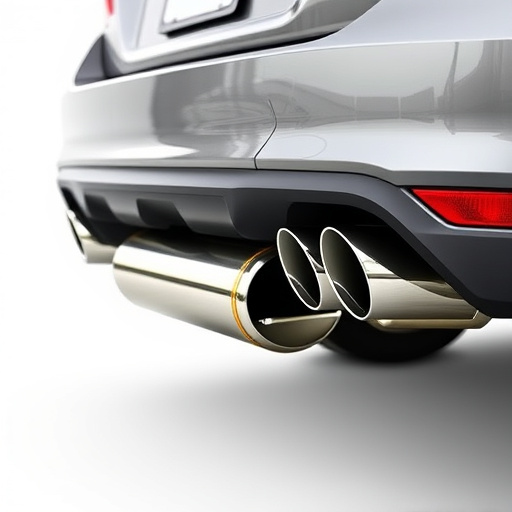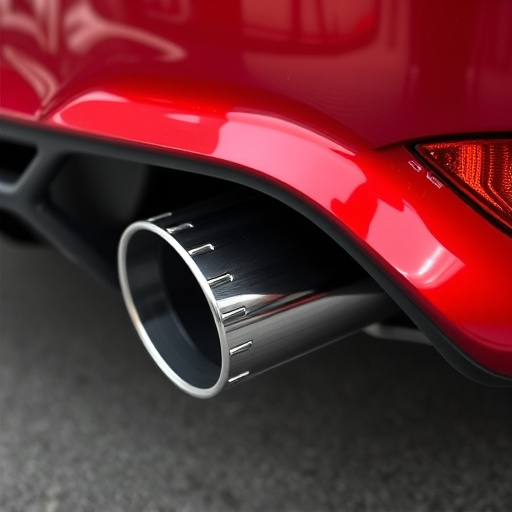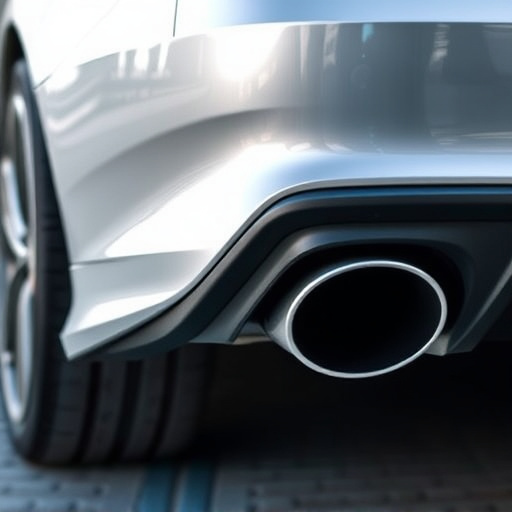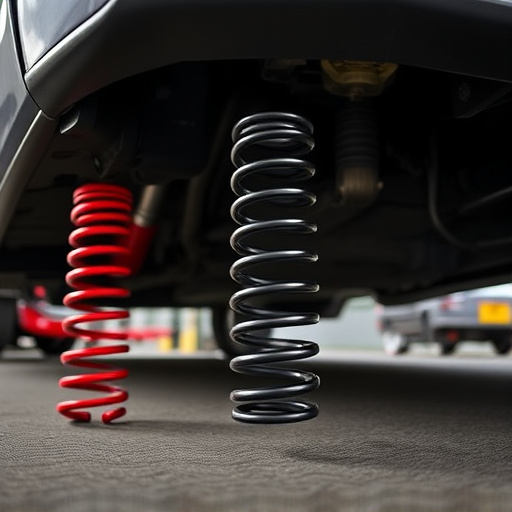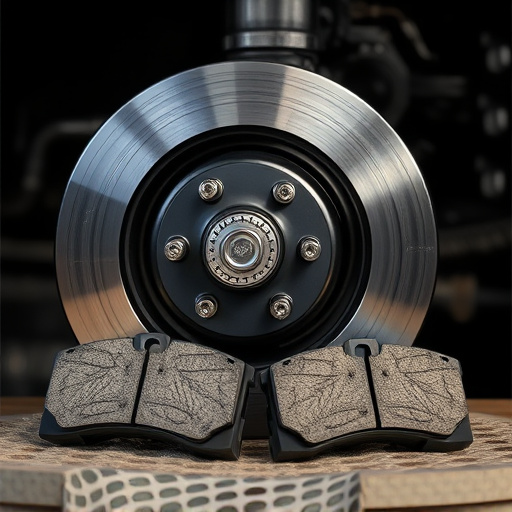Single exhaust systems streamline vehicle emissions control by efficiently expelling burnt gases and facilitating fresh air intake through centralized piping with mufflers, reducing costs and enhancing fuel efficiency while adhering to stringent global emission standards. Advanced technologies like SCR catalysts, particulate filters, and sensors further minimize harmful emissions, paired with regular maintenance using air filter kits for optimal performance, ensuring vehicles meet legal requirements without compromising power or control.
“In today’s stringent environmental landscape, understanding single exhaust systems (SES) is paramount for both automotive manufacturers and consumers. This article navigates the intricate world of SES, highlighting their unique benefits and challenges. We delve into the current emission standards, offering a comprehensive overview of the requirements across various regions. Furthermore, we explore cutting-edge technologies that empower SES to meet these standards, ensuring cleaner air while maintaining performance.”
- Understanding Single Exhaust Systems
- Emission Standards: Current Landscape
- Ensuring Compliance: Technology and Innovations
Understanding Single Exhaust Systems
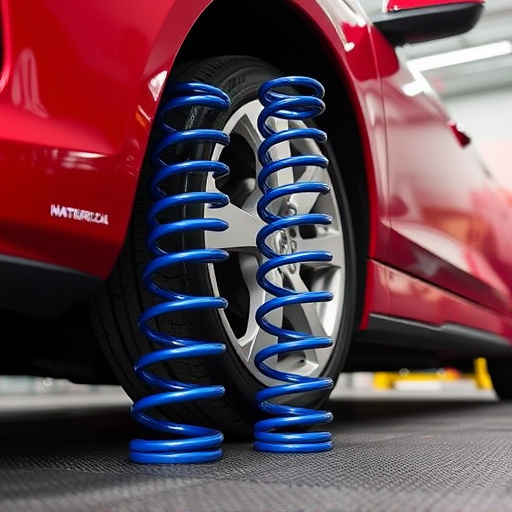
A single exhaust system is a fundamental component in a vehicle’s engine setup, responsible for expelling burnt gases and facilitating the entry of fresh air. Unlike systems with multiple exhaust outlets, this configuration routes all exhaust gases through one pipe, which then branches off into mufflers and other components. This design simplifies the overall layout, often making installation quicker and more cost-effective.
These systems play a crucial role in balancing vehicle performance and emission standards. While cold air intakes enhance fuel efficiency by providing a direct path for cooler, denser air to enter the engine, single exhaust systems help reduce harmful emissions by ensuring optimal combustion and facilitating efficient gas flow. Brake pads, too, are indirectly linked, as well-maintained exhaust systems contribute to overall vehicle safety and control by allowing for smoother braking and improved engine response.
Emission Standards: Current Landscape
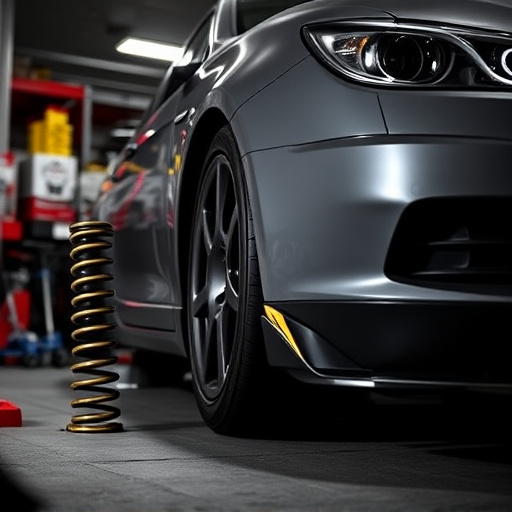
The automotive industry’s focus on sustainability has led to a significant evolution in emission standards worldwide. In response, manufacturers are continually developing and refining single exhaust systems to meet these stringent regulations while maintaining optimal performance. The current landscape is characterized by a push for lower emissions, improved fuel efficiency, and reduced noise levels.
Modern emission standards require vehicles to adhere to strict guidelines, particularly regarding harmful gases like nitrogen oxides (NOx) and particulate matter. To address these challenges, single exhaust systems now incorporate advanced technologies such as selective catalytic reduction (SCR) catalysts, particulate filters, and sophisticated sensor systems. These innovations ensure that vehicles can achieve the necessary emission reductions without compromising on power or performance, especially when coupled with high-performance brakes and efficient muffler tips. Additionally, regular maintenance, including air filter kits, plays a crucial role in keeping these systems optimized for emissions control.
Ensuring Compliance: Technology and Innovations
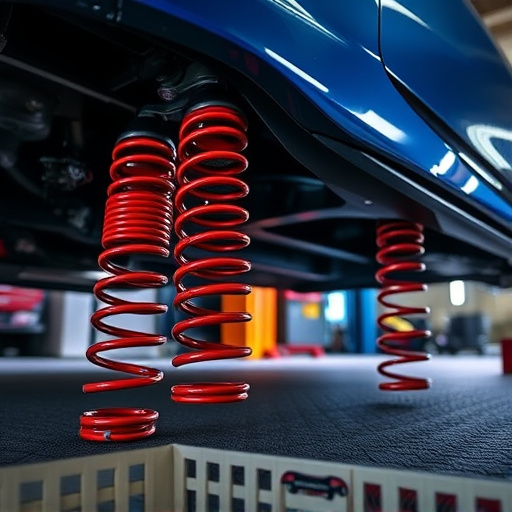
In the realm of automotive engineering, ensuring compliance with stringent emission standards is a constant pursuit. Single exhaust systems, a common choice for many vehicles, have undergone significant technological advancements to meet these requirements. Modern innovations such as advanced catalytic converters and precision-engineered muffler tips play a pivotal role in reducing harmful emissions. These components work in harmony to capture and transform pollutants into safer byproducts before they are released into the atmosphere.
Furthermore, incorporating air filter kits into the single exhaust system design adds another layer of protection. High-quality air filters trap particulate matter and contaminants, ensuring that only clean air enters the engine. This not only contributes to emission control but also enhances overall vehicle performance by maintaining optimal air-fuel ratios. As a result, drivers can enjoy peace of mind, knowing their vehicles are environmentally friendly while adhering to legal emission standards.
Single exhaust systems have evolved significantly, meeting stringent emission standards through advanced technology. By understanding these systems and staying informed about current regulations, vehicle manufacturers can ensure compliance and contribute to cleaner, more sustainable transportation. Innovations in catalysis, particulate matter reduction, and engine optimization play a crucial role in this process, paving the way for a greener future on the roads.


